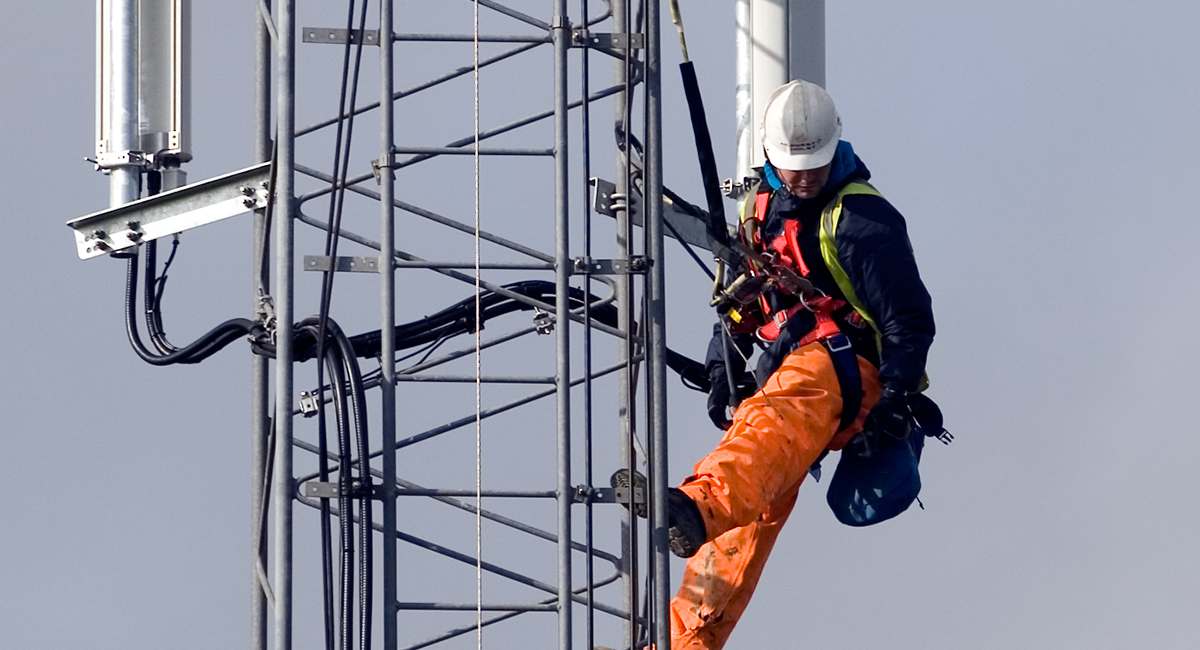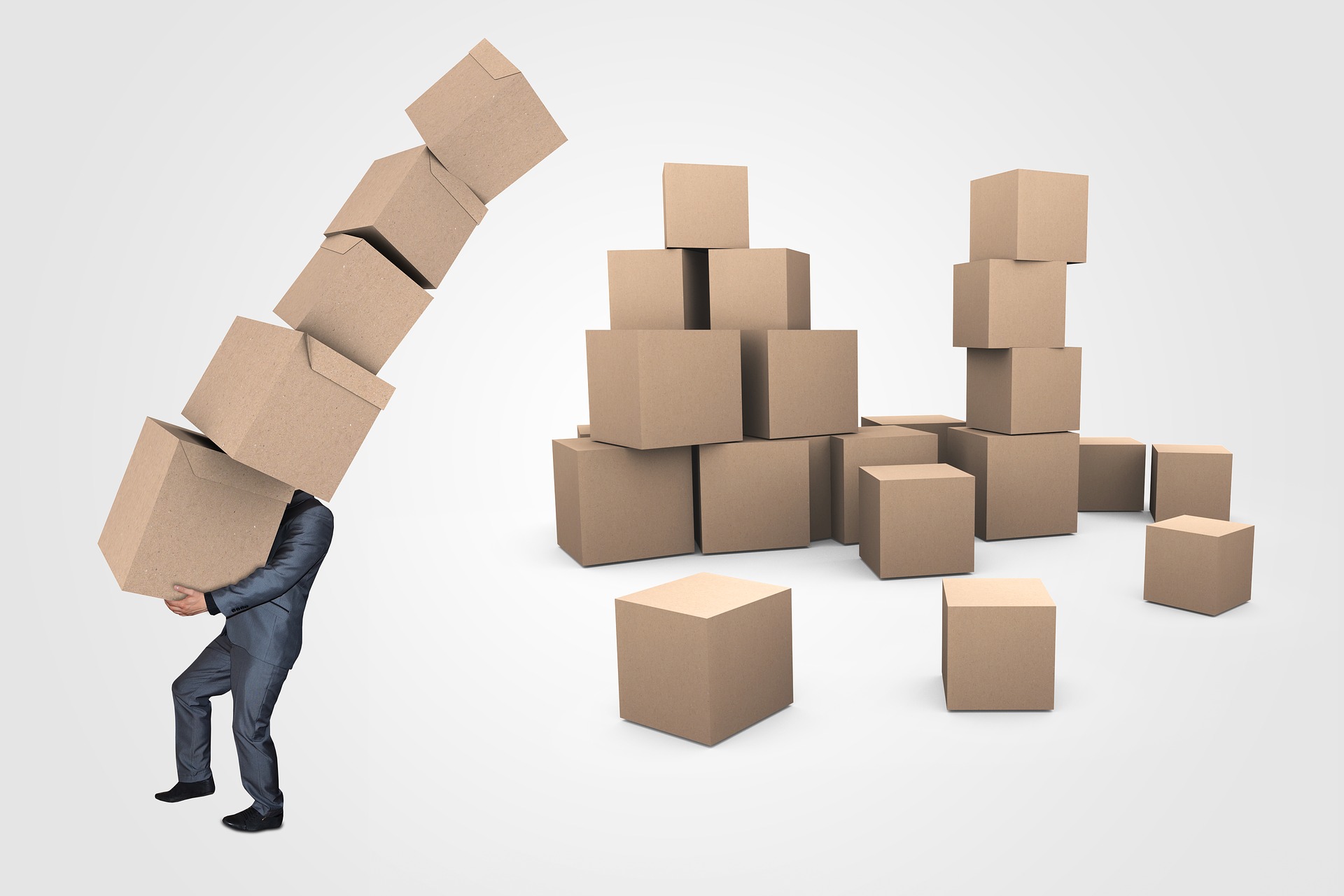
In January this year, guidelines for working at height were given a major overhaul, meaning that even those who feel very comfortable working many meters above the ground will need to brush up on the skills and knowledge they have surrounding this type of work.
With falls from height being one of the biggest causes of serious injury and death at work, and with around 10 million people carrying out work at height each and every year, It was clear that few steps needed to be taken to better inform employers and employees alike about their responsibilities.
The main intention of this overhaul was to simplify and clarify the steps to take when working at height, making sure safety processes were as easy to understand and follow as possible.
The guidelines aim to provide simple advice on how to stay safe, offering clear examples of what needs to be done and what not. In doing so, the government also hope to bust enduring myths about the laws surrounding such work and help individuals to understand their own responsibilities when working at height.
Training or tools?
Both training and the right tools will be equally as important as each other in any work at height scenario. Not only will those carrying out tasks at altitude need to know how to do so safely, but they will also need certain safety items, which will vary depending on the category of work being done, as well as the location.
The new guidelines suggest that all work should be planned and organized in the correct manner and that those carrying out such tasks will need to be competent, having assessed any risks and chosen equipment accordingly.
However, whilst training will help individuals to understand whether or not they need safety clothing, and which type of equipment is right to help them access the relevant elevated areas (be that ladders, scaffolding or MEWPs), it is still important that each piece of equipment is inspected by someone who is well-versed in those specific safety aids.
The training that individuals receive will help them make sure that they use equipment that is safe, and that they use the right equipment for each and every job. As such, training is the first and most important step, ensuring the use of safe equipment follows suit.
Other considerations
Of course, training and the right equipment are not the only ways to stay safe at work. The HSE suggests that height at work should be avoided where possible, and so bearing this in mind may be a very wise first step. Where it cannot be avoided, as much work should be done at ground level as possible, whether this is assembling equipment or simply preparing the work that needs to be carried out.
Before making any decisions about training and equipment, be sure to brainstorm well. Any questions you might have about your own unique circumstances may well be answered here. Should you need to source training, make sure you search for reputable companies who can offer you the right programs for your own specific needs.



